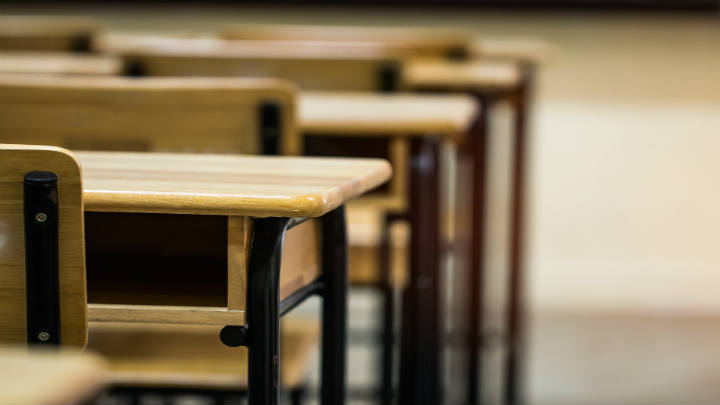RIO DE JANEIRO, BRAZIL – The Census of Higher Education released yesterday, September 19th, by the AnÍsio Teixeira National Institute of Educational Studies and Research (INEP) and by the Ministry of Education (MEC) shows that, for the first time, the offer of places in undergraduate courses through remote or distance learning (EaD) is higher than that of classroom education.
In 2018, 7.1 million vacancies were offered in distance learning courses and 6.3 million in face-to-face courses. The number of EaD courses increased 50 percent in one year, from 2,108 in 2017 to 3,177 in 2018.

Despite the greater offer of vacancies in distance learning courses, the in-person courses still had more new students enrolled in 2018. There were two million enrollments for in-person courses and 1.3 million for EaD courses.
INEP points out that the number of admissions for distance learning undergraduate courses has grown significantly in recent years, doubling its participation in the total number of new students, from 20 percent in 2008 to 40 percent in 2018.
In the past five years, according to the institute, admissions to face-to-face courses have decreased by 13 percent.
Abraham Weintraub, the Minister of Education, said that the greater offer of vacancies for distance learning in relation to face-to-face learning is a “national and global trend”. “This only tends to grow,” he said.
Data from the Higher Education Census show that among the students who enrolled in 2010, 56.8 percent dropped out of the course and only 37.9 percent completed their studies. Another 5.3 percent were still in undergraduate studies six years after the start of the course.

“Any economic activity – and education is an economic activity – must meet efficiency criteria. And Brazil is very inefficient. More than half of entrants drop out throughout the course, and there is also a high level of people who stay much longer to complete the course,” the minister said.
And he added: “If we could significantly reduce this inefficiency, we would be able to double the number of people with completed higher education in Brazil, using the same resources currently available”.
According to MEC, Brazil has 8.4 million undergraduate students enrolled in higher education institutions, 20 percent of them in public universities.
“A total of 3.4 million students joined undergraduate programs in 2018. In the same year, 1.2 million students completed higher education. The census information was collected from 2,537 institutions, 2,238 of which were private. In this group, 75 percent of students are enrolled, approximately 6.3 million students,” the ministry said.

Kroton Educational Group is the largest private educational company in the world and was founded in 1966 in Belo Horizonte. It is one of Brazil’s biggest providers of distance higher-education, with 150,000 students registered at nearly 500 centers nationwide. The most remote, with 300 students, is in Oriximiná in the Amazonian State of Pará, accessible only by light plane or a 12-hour boat ride from Manaus, the region’s main city.
Another big provider of distance higher-education is UNIP (Universidade Paulista) with its 480 centers spread all over Brazil and has over 200.000 registered students in all but one of Brazil’s states. UNIP offers over 30 different undergraduate and technical courses.

